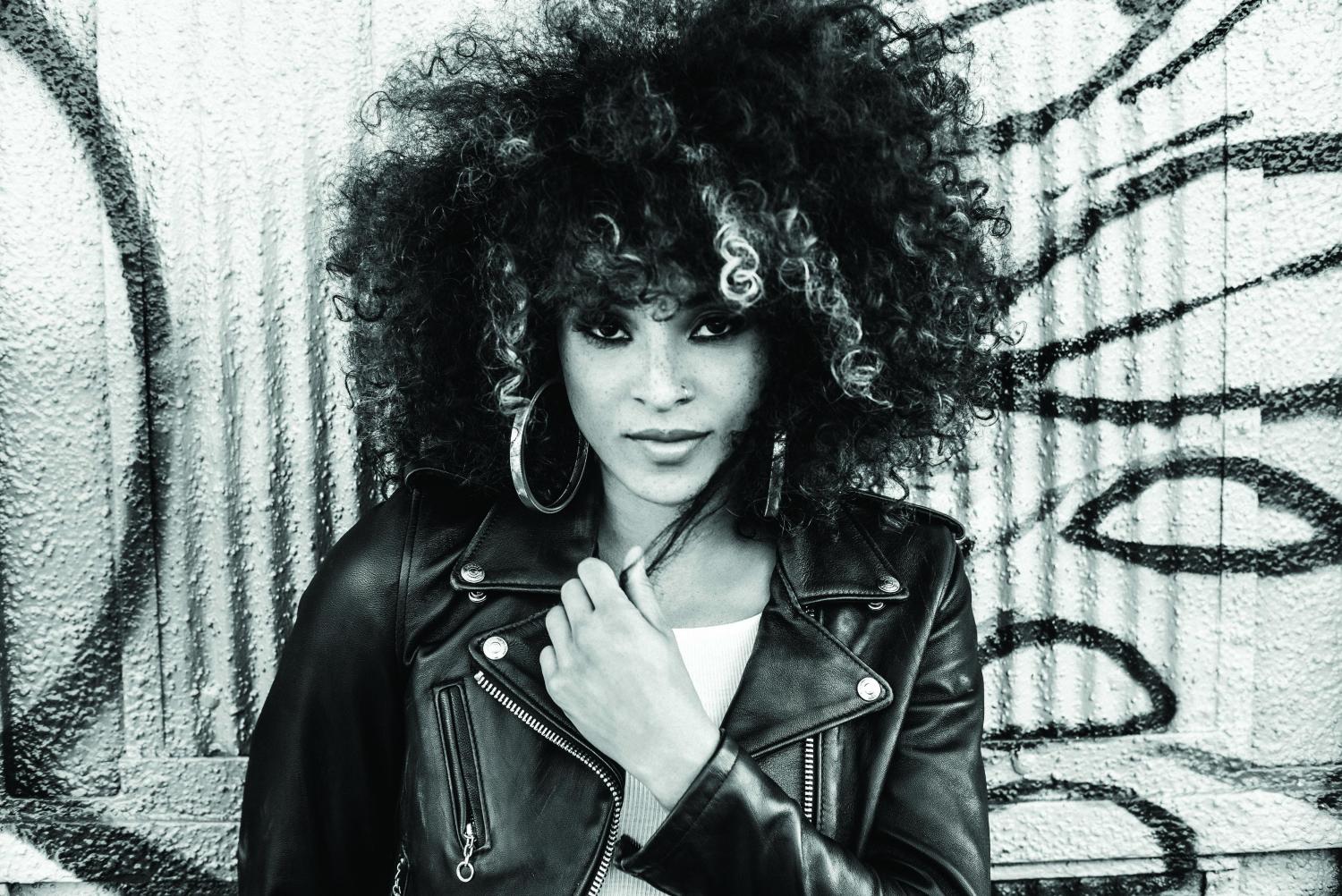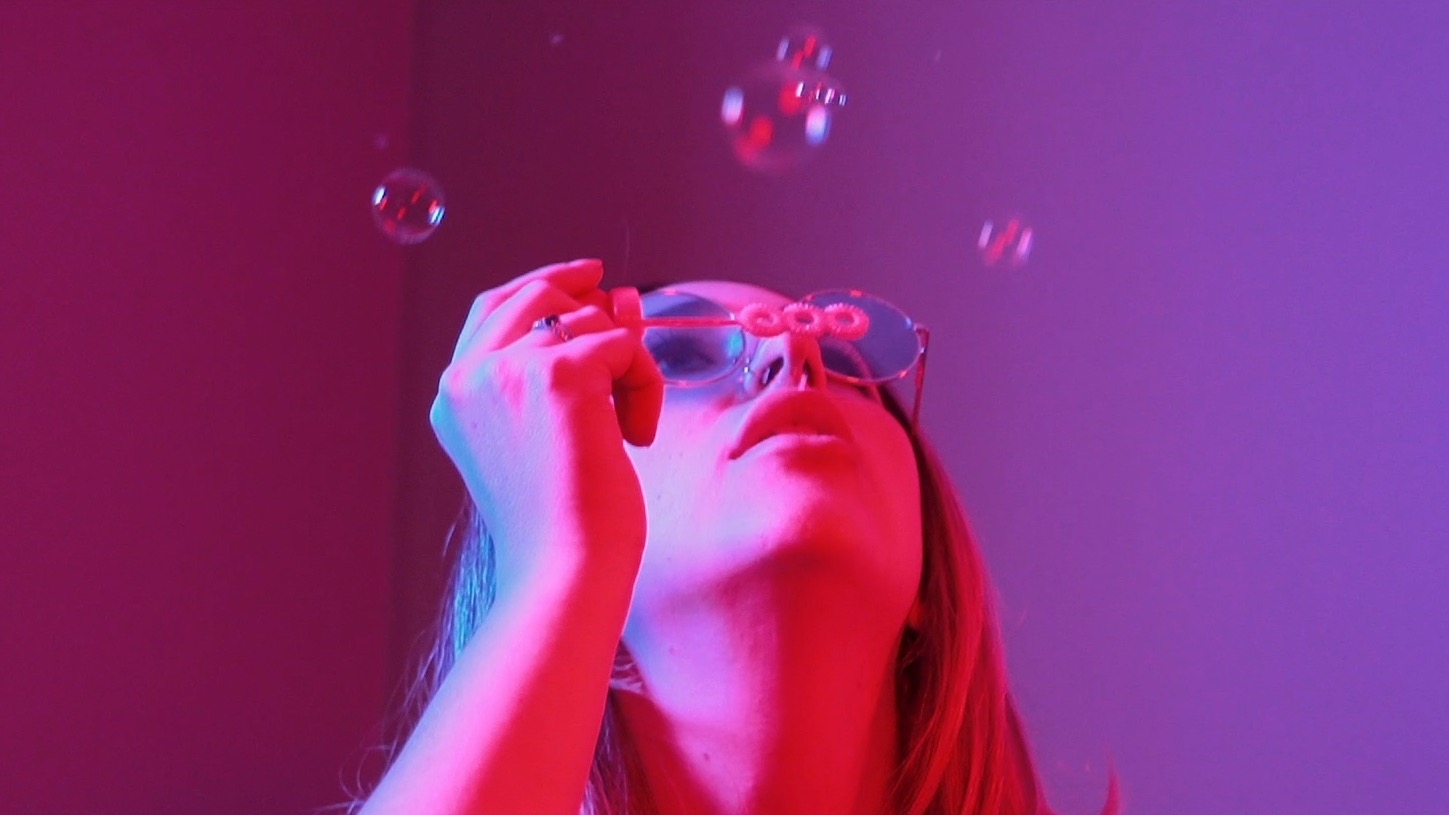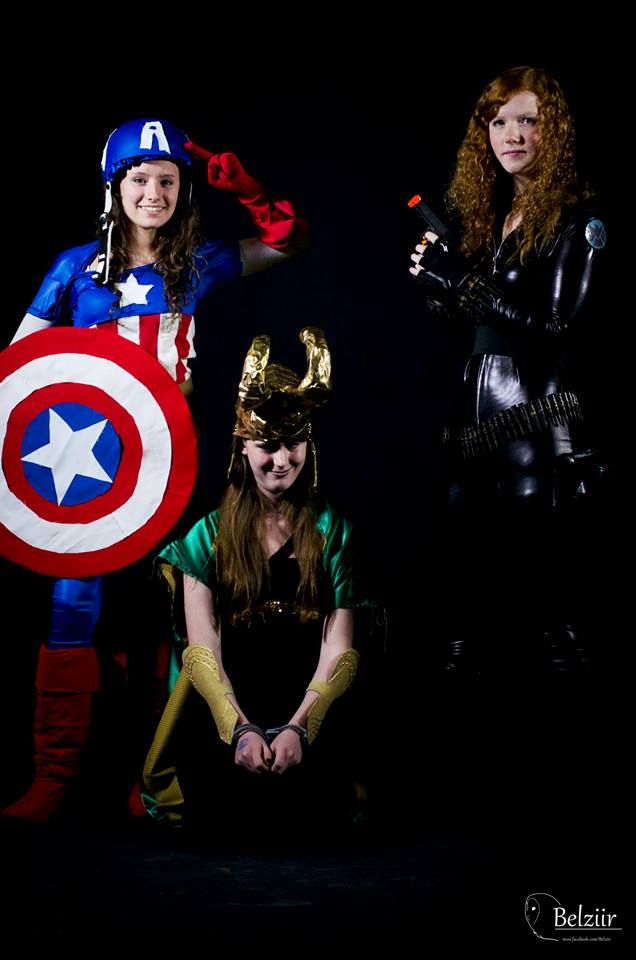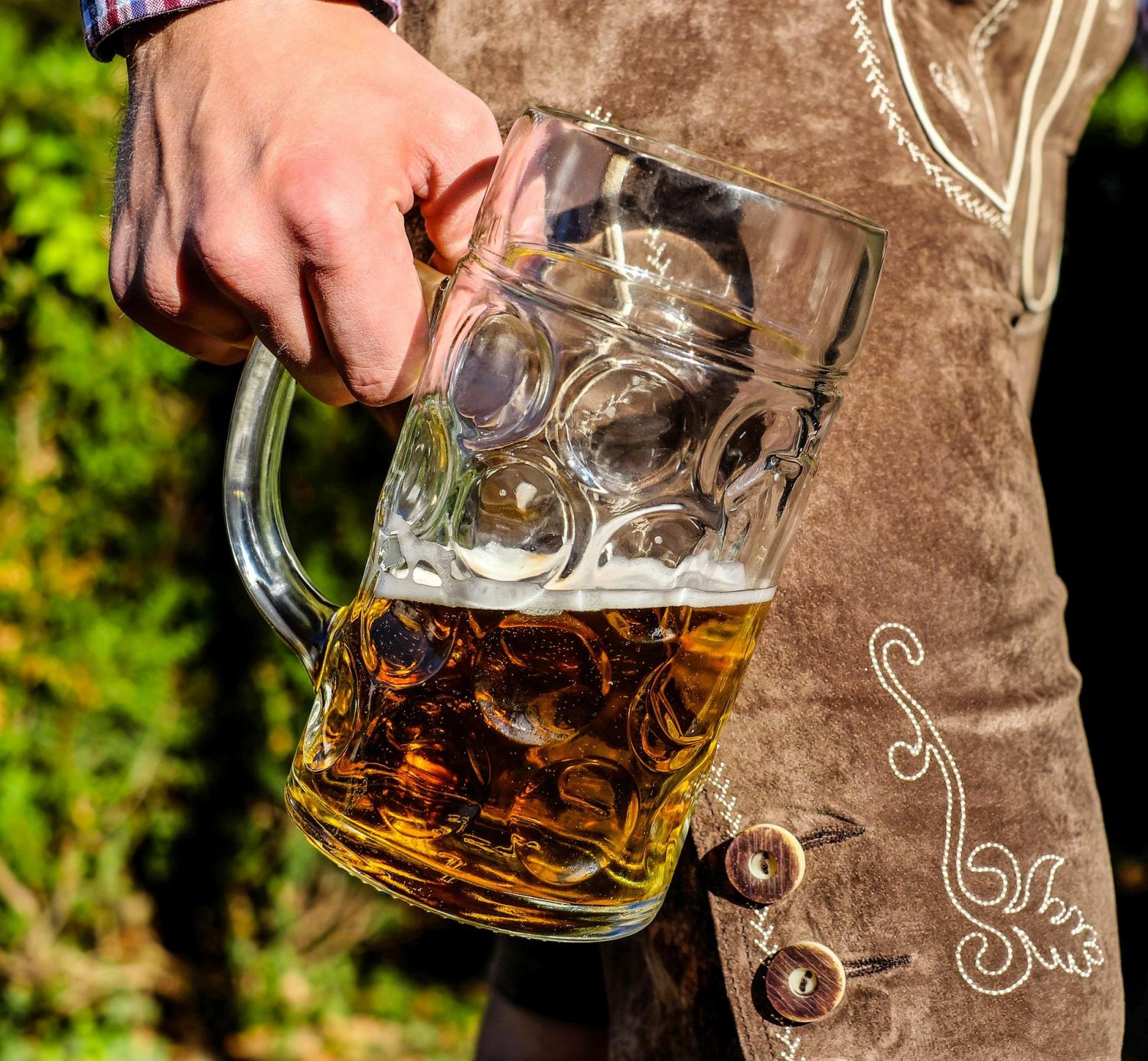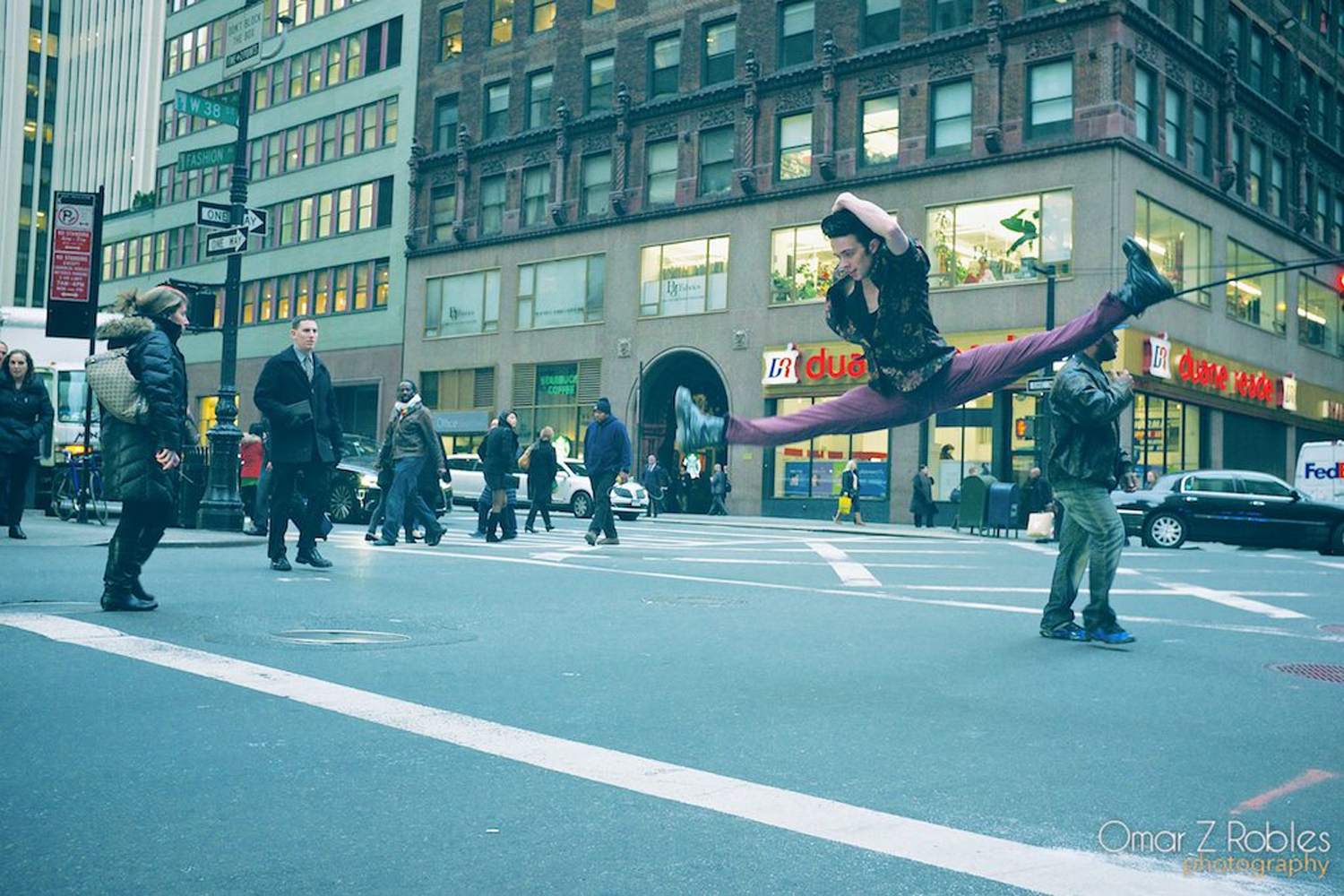
Eoghan Dillon Teaches Through Dance
Feature photo credit: Omar Z Robles
Eoghan Dillon (whose first name is pronounced just like Owen) grew up in Ottawa and soon found his love of dance taking him to New York. While working with various dance companies and ad campaigns, he's started to see his passions turning to education. We caught up with Dillon during his latest stay in Ottawa to talk about his most recent projects and what's guided him towards more noble uses of his talents.
Ottawa Life: How did you get involved with dance, and what eventually lead you to move to New York?
Eoghan Dillon: I started late believe it or not. I was thrown into violin, martial arts, and acting for a while. When I was 12 some friends showed me some jumps and flips until dance moves started, and that's when I went to The Loft School of Art and Dance in Kanata. My friends took me to a hip hop class, and within a week I was signed up for every staple class. That love stemmed from growing up in Ireland, and my grandmother showing me Lord Of The Dance tapes.
I hopped around studios in Ottawa for a while, and then I went to Canterbury High School where I learned about the Alvin Ailey American Dance Theater in New York. I auditioned and got a full scholarship, which was a huge deal because it goes out to about 12 students and I got to take their $50,000/year schooling for free.
What's the concept behind the Sensory Friendly Program you joined recently, and how did that dancing differ from your usual performances?
The program was developed by Parsons Dance, and we'd go to different areas to reach out to schools and programs with special needs focuses. We'd go in and work with kids for an hour to make them feel included through a dance environment. It works so well because it's a form of communication that doesn't need a verbal side. I spearheaded that initiative since my mom is a head resource teacher with the Catholic school board in Ottawa, and a caregiver before that. It's one of the most rewarding things for me and it's honestly where I see my career headed.

You've been working recently with Flow 40 so how has that differed from any of the work you've done previously?
With many of our performances, we're booked in a city and we come and perform this visceral show. The difference with Flow 40 is that it's an education program. So the directors Nick Drago and Grant Chenok handpick dancers they see throughout the United States and then the studios order us. I'll go to studios around the United States and then teach anywhere from two to fifteen courses in a weekend.
You've also done a few dance short-films. What was the impetus for these and what do they allow you to do that you can't with your current troupes?
In New York, like a lot of places, dance jobs are very limited. So getting your work out there can be very difficult. I spend a lot of time surrounded by really creative individuals with no outlet for their work. So I started these videos in order to give these people a platform and also take advantage of the wealth of talent. That eventually turned into the Self Help Series. We'd sit down with an artist, find an idea to talk about, and then make costumes and dance. The audience you can reach with a video and dance these days can be way larger than a theatre.
What led you to use Kickstarter for your The Self Help Series of dance videos and how did that turn out?
Well I turned to Kickstarter honestly because I realized how expensive even one solo performance would be, especially in New York City. I had a friend who would edit people's Kickstarter campaigns. I'd showed her the videos I'd done and said I wanted to do a group piece. The problem was that because I have a strict rule about always paying my dancers, which is important, that we needed a budget. The only way I could get it was through crowd-funding. After about two months I raised about $6000 dollars and it all went into the videos.
On this note, I was particularly intrigued by your Gap ad campaign and how you interpret dance for a photo shoot.
You really need a photographer who is aware of dance and a dancer who is aware of their physical structure. A split-second can change a dancer's form too. Clothing companies are really getting behind athleticism to advertize which has allowed for more dancers in the industry. I was working with the amazing dance photographer Omar Z Robles, and Gap reached out to him, and then he asked me for it. It was such a trip, I went into this fitting room and worked with a designer from The Hunger Games. We were talking about the pliability of clothing, the movement, and how the fabric would look. In a dance shoot too, the clothes will move, which can end up hurting the product. You have to find the right flow to let the dancer mover but also show off the clothes. They trusted Omar though so it was us roaming the city taking pictures, and he was very clear with what he wanted.
What's coming up for your career for the rest of 2018 right now?
I'm currently working with about five studios on their summer courses. I'll be teaching 9 a.m. to 9 p.m. which is exhausting but great work. I'm taking time for myself, working on the education stuff and working on some choreographing. When I head back to New York I'm looking at a special needs program and outreach. I also have a lot performance to do, and I'm working my way into Broadway to see how that life fits.

